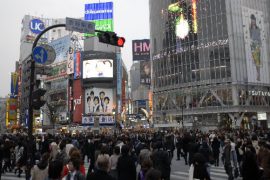Continuing rises in the price of fuel, food and clothing have helped push inflation to its highest level in more than two years.
The Consumer Price Index (CPI) inflation rate has reached an unexpected high of 4.4 per cent, its
highest level since October 2008. Meanwhile, the Retail Price Index (RPI) measure has surged from
5.1 per cent in January to 5.5 per cent – a 20-year high.
The 4.4 per cent CPI rate stands unfavourably against the Bank of England’s stated target rate for
inflation – just 2 per cent. The latest inflation spike can only serve to strengthen pressures on the
central bank’s Monetary Policy Committee to increase the base interest rate from an all-time low of
0.5 per cent.
Royal Bank of Scotland’s chief economist Ross Walker, however, has stated that the situation is
likely to be temporary. He said: “I think for the next two or three months we will see further upside
pressure, most obviously at the petrol pumps. But once we get into the second half of the year we
should be seeing at the very least a levelling out in inflation and a slight drift downwards. Then we’ll
probably see quite a large fall in the early part of 2012 once this year’s VAT hike drops out. So there
will be some relief – but not just yet.”
Figures provided by the Office for National Statistics (ONS) show further hikes in fuel prices in
February, with petrol hitting a record high of £1.29 per litre, and diesel £1.34 per lire. The recent
and ongoing political turmoil in the Middle East and North Africa have been blamed for this most
recent price surge.
The ONS figures showed increases in transport costs, utility bills, and the price of clothing and
footwear all contributed to the rise in inflation. However, reductions in the price of alcohol and
tobacco exerted a limited downward pressure on the overall CPI rate.


